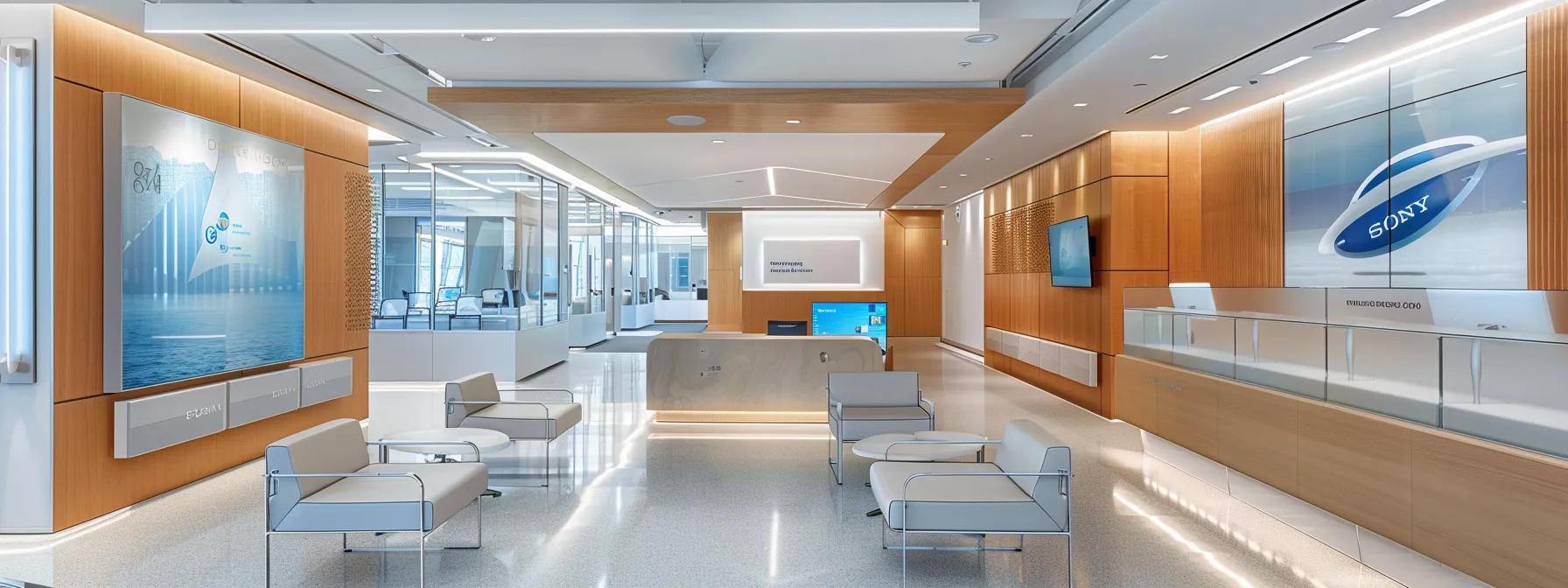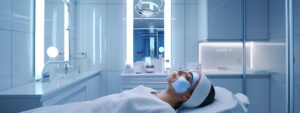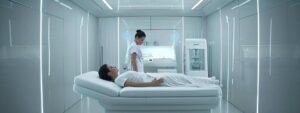Find the Best Regenerative Therapy Near You: What to Look For
Finding effective regenerative treatments such as PRP injections or stem cell therapy hinges on evaluating clinic credentials, treatment standards, patient outcomes, and appropriate therapies for specific conditions. This guide helps patients locate qualified providers, understand safety protocols, compare options like platelet‐rich‐plasma and adipose‐derived cell therapies, and use local resources to select top‐rated regenerative centers.
Key Takeaways
- Compare therapy types—PRP, BMAC, adipose MSC—for your specific injury or disease.
- Verify provider credentials, lab certifications, and published patient outcomes.
- Use standardized metrics like VAS and WOMAC to assess clinical success.
- Audit safety protocols: CLIA, USP <797>, ultrasound guidance, and adverse event tracking.
- Leverage local medical boards, trial registries, and patient forums to find top‐rated centers.
How to Evaluate Regenerative Therapy Options and PRP Injections?

Evaluating regenerative therapy options, such as joint treatments, iv treatments, and platelet-rich-plasma injections involves comparing mechanisms, growth‐factor concentrations, and clinical evidence for conditions such as tennis elbow, rotator cuff tears, or osteoarthritis of the knee while also considering accessibility and iv-therapy. For more information, please contact-us or visit our about us page.
platelet-rich-plasma injections concentrate platelets from whole blood via centrifuge protocols that yield 4–7× baseline platelet counts and deliver bioactive proteins like PDGF, TGF-β, and VEGF to injury sites as part of our joint treatments and iv-therapy and iv treatments offerings. We also provide services such as medical weight loss, transculpting, and non-surgical-facelift to cater to diverse patient needs. We prioritize accessibility to ensure all patients can benefit from our services. Studies such as a 2021 randomized controlled trial in The American Journal of Sports Medicine reported a 35% improvement in pain scores for chronic tendonitis after three PRP sessions versus control. For more information, please visit our contact-us page or learn more on our about us section.
Beyond platelet-rich-plasma, adult stem cell therapies derived from bone marrow or adipose tissue use mesenchymal stem cells to promote tissue engineering and cartilage repair in joints as part of comprehensive joint treatments. Additionally, non-surgical-facelift and transculpting are offered to enhance overall aesthetic outcomes. Holistic evaluation also considers costs, medical weight loss options, number of sessions, and insurer coverage parameters like health insurance pre-authorization. accessibility, iv-therapy options, iv treatments, and contact-us are also important factors. For more information, visit our about us page.
Key criteria for evaluation include:
- Therapy type and cell source (PRP, BMAC, adipose MSCs)
- Growth-factor concentration and preparation protocol
- Clinical evidence for targeted condition (e.g., osteoarthritis, tendon strains)
- Cost per session and insurance coverage options
- Provider credentials and board certifications
The following table compares common regenerative therapies and their typical applications:
Reviewing preparation protocols, published data, and session frequency ensures patients choose the most evidence-based regenerative therapy, such as platelet-rich-plasma, iv-therapy, iv treatments, or transculpting, for healing connective tissue and reducing inflammation. Additionally, joint treatments and non-surgical-facelift are available to address specific areas of concern. For more information, contact-us or learn more about us and our commitment to accessibility and medical weight loss.
How to Recognize Qualified PRP Therapy Providers Near You?

Recognizing qualified platelet-rich-plasma PRP therapy providers near you requires verifying board certifications, facility accreditations, accessibility, and published patient outcomes for orthopedic and joint treatments, iv-therapy, iv treatments, and medical weight loss, as well as aesthetic treatments such as transculpting and non-surgical-facelift. For more information, please contact-us or visit our about us page.
A clinic’s affiliation with recognized bodies like the American Academy of Orthopaedic Surgeons or credentials in sports medicine and physiatry indicates provider expertise in injection therapy, including platelet-rich-plasma and iv-therapy, joint treatments, and iv treatments, enhancing accessibility to musculoskeletal disease management. Providers often list certifications such as CLEVATE or Fellowship in Regenerative Orthopedics, as well as services like transculpting, non-surgical-facelift, and medical weight loss. For more information, please visit our about us and contact-us pages.
Essential provider qualifications include:
- Medical Director with regenerative medicine fellowship
- CLIA-certified laboratory protocols and validated centrifuge equipment
- Experience treating your specific condition (e.g., upper extremity epicondyle injuries, lumbar disc disease)
- Transparent pricing and pre-treatment exam, including ultrasound guidance
- Evidence of patient portal access and systematic follow-up data
Local providers may publish case series or before-and-after imaging of cartilage regeneration in osteoarthritis or joint treatments in tendon repair in pulled hamstring injuries. Clinics like SoCal Regen Clinic in California or regenerative centers affiliated with Mayo Clinic often share platelet-rich-plasma and iv-therapy clinical trial results. They also offer non-surgical-facelift, transculpting and medical weight loss programs to enhance overall patient accessibility. In addition, our iv treatments provide further support for patient recovery. For more information, please visit our about us and contact-us page.
Providers who combine PRP (platelet-rich-plasma) with adjuncts—such as hyaluronic acid and iv-therapy for osteoarthritis or joint treatments for knee replacement alternatives—offer services like medical weight loss, transculpting, and non-surgical-facelift, demonstrating advanced tissue engineering integration, enhancing accessibility. For more information, visit our about us page or contact-us.
How are Patient Outcomes and Success Stories with PRP Injections Assessed?

Patient outcomes and success stories with platelet-rich-plasma injections through iv-therapy and iv treatments are assessed by measuring pain reduction, functional score improvements in joint treatments, and imaging evidence over follow-up periods ranging from 3 to 12 months, enhancing accessibility for patients. Learn more about us or contact-us for further details on our non-surgical-facelift, transculpting, and medical weight loss services.
Standardized metrics include the Visual Analog Scale (VAS) for pain, the Western Ontario and McMaster Universities Osteoarthritis Index (WOMAC), and sport-specific functional scores to improve accessibility and medical weight loss. For example, a systematic review in 2022 reported a 28% improvement in WOMAC scores at six months for knee osteoarthritis treated with three platelet-rich-plasma injections versus corticosteroid control as part of comprehensive joint treatments and iv-therapy. For more information, please contact-us.
Key outcome measures encompass:
- Change in pain score (VAS reduction ≥2 points)
- Improvement in joint mobility or strength tests
- Return-to-activity timelines for athletes and manual laborers
- Imaging markers of tissue regeneration (MRI or ultrasound)
- Patient satisfaction and quality‐of‐life surveys
Clinics often showcase success stories for elbow tendonitis, joint treatments, iv-therapy, iv treatments, medical weight loss, transculpting, non-surgical-facelift, rotator cuff tears repaired via platelet-rich-plasma, or hair restoration using PRP for pattern hair loss, presenting a narrative alongside objective data to demonstrate accessibility and efficacy. For more information, visit our about us or contact-us sections.
How to Check Safety Protocols and Treatment Standards in Regenerative Therapy Centers?
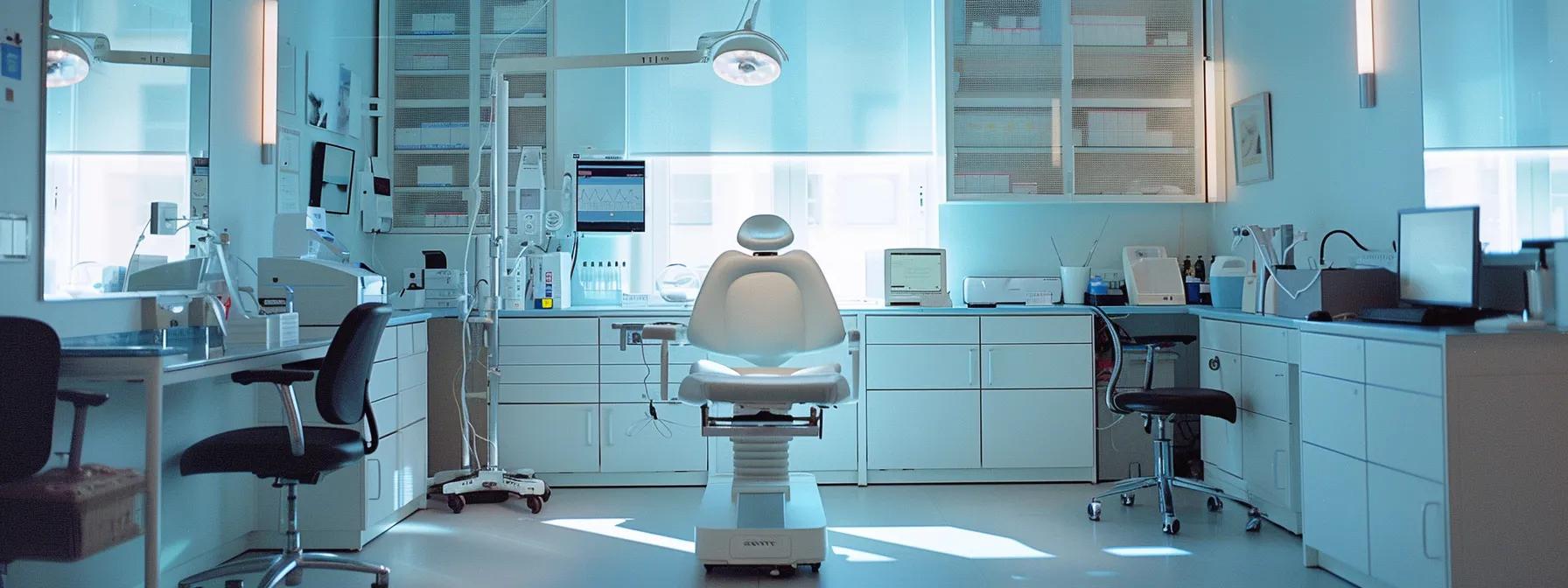
Checking safety protocols and treatment standards in regenerative therapy centers involves auditing lab certifications, sterility processes, and adverse event tracking for injectable therapies such as platelet-rich-plasma, iv-therapy, iv treatments, non-surgical-facelift, and transculpting. Additionally, medical weight loss and joint treatments are regularly evaluated to ensure compliance with safety standards and accessibility. For more details, please visit our about us page or reach out through our contact-us section.
Centers accredited by agencies like CLIA and adhering to FDA guidelines for minimal manipulation define the standard of care for autologous PRP and cell treatments. Safety checklists include:
- Use of ultrasound guidance and fluoroscopy to ensure accurate injection
- Confirmed sterility of collection kits and handling per USP <797> clean room standards
- Emergency department protocols and local anesthetic management
- Adverse event tracking and reporting infrastructure
- Protocol for contraindications (e.g., active infections, platelet disorders)
Review of published safety data from randomized controlled trials shows a <0.5% incidence of complications such as transient bruising, local inflammatory flares, or vasovagal reactions when proper protocols are followed. Clinics offering non-surgical-facelift, iv-therapy, platelet-rich-plasma, medical weight loss, joint treatments, and transculpting treatments often maintain a patient portal with recorded outcomes and incident logs, as well as about us and contact-us sections to ensure transparency and accessibility.
How to Identify the Right Regenerative Therapy for Specific Health Conditions?

Identifying the right regenerative therapy for specific health conditions, such as medical weight loss, transculpting, and non-surgical-facelift, requires matching pathophysiology—such as tendon degeneration, cartilage loss, or soft tissue injury—to the most appropriate cell‐ or growth‐factor‐based treatment, ensuring accessibility, including platelet-rich-plasma, iv-therapy, iv treatments, and joint treatments. For more information, visit our about us page or contact-us.
Tendon and ligament strains often respond best to platelet-rich-plasma (PRP) due to growth‐factor–mediated angiogenesis, whereas full‐thickness cartilage defects may require MSCs from bone marrow concentrate or adipose tissue for chondrogenic potential. Additionally, joint treatments such as iv-therapy can support recovery by improving accessibility to advanced therapies such as medical weight loss and non-surgical-facelift. For more information, please contact-us or learn about us through our transculpting services. Below is a summary of therapy–condition mapping:
Reviewing systematic review data and consulting a regenerative medicine specialist ensures tailored protocols for diabetes‐related tendon fragility with platelet-rich-plasma, rheumatoid arthritis synovial inflammation through specialized joint treatments, or chronic low back pain of discogenic origin using iv-therapy. Additionally, our medical weight loss programs, non-surgical-facelift, transculpting, and accessibility services enhance patient care. For more information about us or to schedule iv treatments, please contact us.
How can Local Resources be Utilized to Locate Top-Rated Regenerative Therapy Centers?
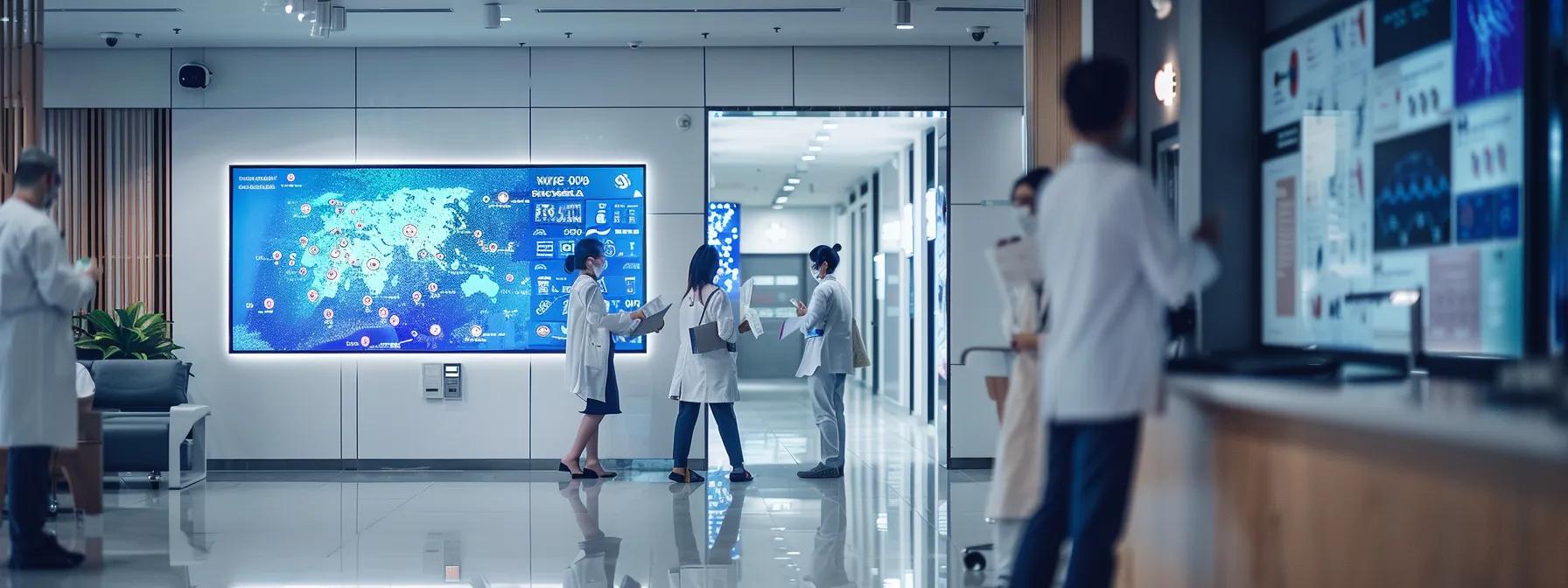
Local resources such as professional society directories, health insurance provider lists, and patient support forums can be utilized to locate top‐rated regenerative therapy centers near you.
Patients can search American Academy of Orthopaedic Surgeons referral tools, state medical board websites for disciplinary records, and online reviews on Healthgrades or Vitals to verify physician credentials and accessibility and patient satisfaction ratings. Engaging peer‐support groups for sports injuries, joint treatments, platelet-rich-plasma, iv treatments, or arthritis also provides firsthand recommendations.
Additional search strategies include:
- Contacting primary care or orthopedic surgery offices for referrals
- Reviewing clinical trial listings on ClinicalTrials.gov for active regenerative studies
- Using zip‐code–based locator tools for “plasma rich platelet injection near me”
- Attending VIP aesthetic events or local medical conferences featuring regenerative demos
- Verifying clinic affiliations with academic medical centers (e.g., Mayo Clinic)
Integrating these local resources helps patients identify reputable centers with proven track records in delivering safe, evidence‐based regenerative treatments.
What conditions respond best to PRP injections?
Tendonitis, mild osteoarthritis, and sports‐related soft tissue injuries often improve with PRP due to growth‐factor–mediated repair.
How many PRP sessions are typically needed?
Most protocols use three injections spaced two to four weeks apart, with follow‐up assessments at six and twelve months.
Are regenerative therapies covered by insurance?
Certain autologous treatments like hematopoietic stem cell transplants may be covered, but PRP and MSC therapies often require out‐of‐pocket payment.
What is the difference between BMAC and adipose MSC therapy?
BMAC offers fewer but highly potent MSCs from bone marrow, while adipose tissue yields a higher MSC count with easier harvest.
How can patients verify a clinic’s safety standards?
Patients should confirm CLIA certification, FDA compliance for minimal manipulation, and ultrasound‐guided injection protocols.
Finding the best regenerative therapy near you requires careful evaluation of treatment options, provider credentials, patient outcomes, and safety standards. Patients should match therapies—like PRP for tendon healing or MSCs for cartilage repair—to their specific conditions based on clinical evidence. Utilizing local professional directories and patient forums ensures access to top‐rated, accredited clinics. Thorough research and provider vetting maximize the chances of successful healing and improved quality of life.


